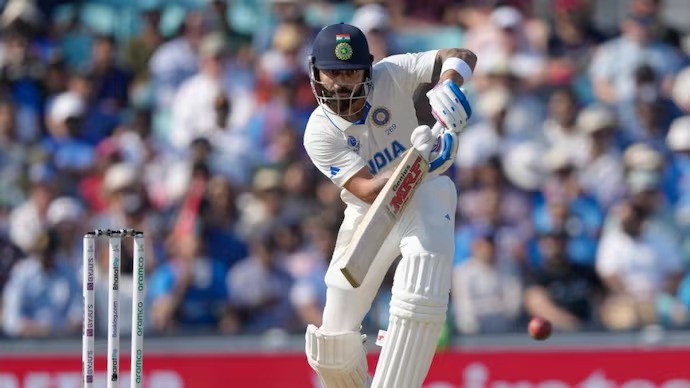There was a time when the prospect of making a debut in front of the baying hordes at Sabina Park would have reduced a visiting batter’s knees to jelly. But by June 2011, those days were long gone, with memories of West Indies’ dominance and a fearsome four-pronged pace attack both fading. India journeyed there just a couple of months after winning the World Cup, and as the No.1-ranked Test side in the world. Gary Kirsten had left the coaching job – Duncan Fletcher would take over – and a clutch of first-teamers, starting with Sachin Tendulkar, Virender Sehwag and Zaheer Khan, were missing from the Indian squad.
When Darren Sammy and MS Dhoni exchanged team-sheets at the toss in Kingston, there were three new faces in the Indian XI. Praveen Kumar, a skilful swing bowler, and Abhinav Mukund, a dogged opening bat, had earned their places with eye-catching displays in domestic cricket, but all the buzz centred on Virat Kohli, who had been part of the World Cup-winning side. Kohli had been playing international cricket for nearly three years by then, but with a great generation of batters growing old together, he and several others had had to bide their time. Suresh Raina and Cheteshwar Pujara had been blooded in 2010, while Murali Vijay had been tried even earlier as the reserve opener. Subramaniam Badrinath, once the most promising middle-order bat in the domestic game, had been tried and discarded after just two Tests.
Kohli had followed the World Cup win with his best IPL season till then, scoring 557 runs as Royal Challengers Bangalore reached the final. He then warmed up for his Test debut with 199 runs in the ODI series in the Caribbean. Though India lost the final (dead-rubber) game at Sabina Park, Kohli did his confidence no harm by top-scoring with 94. With high-profile tours of England and Australia looming, he knew this was his opportunity to stake a claim to be a Test regular.
Also Read: Moment of Reckoning for Rohit Sharma
It didn’t work out that way. If you scan the batting averages for the series, Kohli’s name comes in at 14th place. In five innings – he didn’t even get to bat as India declined to chance a very gettable target in Dominica – he aggregated just 76 runs, with a highest score of 30. Two of the dismissals were hotly contested. With India having argued against the use of the Decision Review System (DRS), Kohli was twice given out caught down the leg side. On each occasion, there was more than a hint of dissent and disappointment as he stomped off. In Dominica, the frustration boiled over to such an extent that his equipment was thrown this way and that when he reached the dressing room.
But umpiring that infuriated India and Dhoni in particular – Daryl Harper exited international cricket early, claiming that the Indians had harassed and hounded him on the field, with the ICC taking no steps to curb such behaviour – wasn’t the only reason for Kohli’s failure. West Indies capitalised on his desire to impose himself. Twice, he was out chasing the ball in the off-stump corridor, and on the other occasion, a Ravi Rampaul delivery that kicked off a length lobbed off the glove to second slip.
What had appeared to be the gentlest of baptisms – the pace attack of Fidel Edwards, Rampaul and Sammy was hardly comparable to some of the trios and quartets of the past – instead turned into a nightmare for Kohli. More than a bruising for the ego, it was a huge setback in terms of ambition. When the squad for England was named, he was expectedly left out. Only the 4-0 shellacking that India suffered in that series allowed him a way back in the home series against West Indies, with the selectors becoming painfully aware that transition could no longer be delayed.
By January 2012, thanks to a superb half-century in Perth and his maiden hundred in Adelaide, Kohli had clawed back lost ground and made himself an integral part of the Test team. Right from his teens, he had never lacked for fire in the belly. But the slap in the face in his debut series was in many ways the making of him as a Test batter. More than anything, it was a reminder to everyone that there’s no such thing as easy Test runs. He would doubtless have told Yashasvi Jaiswal and others as much.
Also Read: Shubman Gill will play at No.3, he himself wants to play at that spot: Rohit
